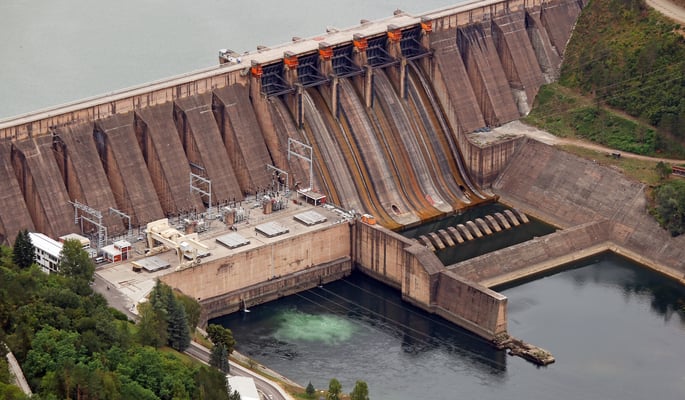Resiliency is more than hardening our infrastructure to withstand changing weather patterns. Wind. Ice. Tornadoes. Drenching rainfall, crippling drought, and more. Our challenges range from building construction to managing our energy grid, telephone, roads, ports, and more. Water and wastewater systems also must withstand these changes and the uncertain economics that attend them.
In Texas, our aging water and wastewater infrastructure systems will require billions of dollars in investments to repair, replace and upgrade them. Federal money is available, and it can be leveraged with state money. This is particularly critical for small, rural, and underserved communities that simply don’t have a sufficient customer base to fund necessary improvements. In some cases, they need technical assistance to identify available funding, develop fundable plans then implement the projects and programs to achieve priority goals.
Related: How Aging Infrastructure Impacts Texas Water
In Texas, we have great plans for water, but we’ve been less efficient with implementation. We need new water. We need to use our water more efficiently, including identifying and mitigating system leaks. Texas Senator Charles Perry has introduced legislation with funding specifically to identify and fund leak repairs. How can we make our systems resilient if they leak? We can’t.
What do we really mean when we talk about having resilient water infrastructure?
Resiliency is about having enough water.
It’s about ensuring we can deliver quality water, including treatment and pipelines.
Resiliency is about ensuring there is water even when oppressive and lengthy droughts deplete our natural systems.
It’s about ensuring that we have sufficient and reliable power supplies so that unprecedented storms, which are happening more frequently, don’t cause prolonged power outages. That’s about delivery and water quality, too. After a power outage, we may have flow, but we must also boil water until testing ensures that water treatment is fully restored and functioning.
How do we build systemic resiliency?
Building systemic resiliency will take time, and it will be expensive. It will need to be a priority, and we’ll need to ensure that small, rural, and underserved communities are included. To do that, they will need more than money, more than funding; they will also need a lot of technical assistance.
You may also like: Unlocking Opportunities: Funding and Technical Assistance for Improving Water Infrastructure
In Texas, water, quality water, and availability are bi-partisan issues. Our need for water security covers rural and urban utilities, agriculture and manufacturing, mining and recreation, and that’s not all. Building resiliency means acquiring the water we need while protecting the environment that provides it.
The good news is that the Texas Legislature is setting aside funding specifically to provide that support. It’s not done yet, but it’s working through the system. In the next fiscal budget, the Water Development Board is projected to have $3 billion to invest in water, infrastructure, and resiliency.
Since the freeze of 2021, the Legislature has been hard at work funding efforts and making regulatory changes to harden our electrical and water utilities. The work has continued, and a substantial number of excellent bills beyond SB28 have been filed and are being considered to increase resiliency for the utilities that Texans rely on.
Texans get it – power, food, and energy are inextricably linked. We must ensure our utilities are served by a diversified power and water supply system that can withstand weather extremes.
We’ve got our plans. Now we need to re-look at our priorities.
Visit waterworks4texas.com to learn more today.
About the Authors
Robert Sheets
Leader, Government Services Group, Anser Advisory

Known as a man who gets things done, Robert Sheets has spent a professional lifetime helping advance the goals of local governments. His relationships with local, regional, and state governments, as well as the Department of Defense, have been instrumental in establishing public-private partnerships with a triple bottom line: good for the community, good for business, and good for the environment.
Carlos Rubinstein
Water Policy Consultant, Anser Advisory

Rubinstein is an expert on Texas water policy. As chairperson of the Texas Water Development Board (2013-2015) he oversaw the implementation of the $2 billion State Water Infrastructure Fund. (SWIFT). He is a Board Member of the Texas Water Foundation and the Texas Water Trade. Rubinstein has served as the Texas representative to the Western States Water Council and the Border Governors' Conference Sustainable Development worktable. Rubinstein served as the Texas Commission on Environmental Quality (TCEQ) commissioner from 2009–2013. He is a former deputy executive director of TCEQ and Rio Grande Watermaster. Rubinstein has appeared as an expert witness on various environmental cases and has published several peer-reviewed articles on Texas water policy. He is a former city manager for the City of Brownsville. Rubinstein earned a bachelor's degree in biology from Pan American University.



